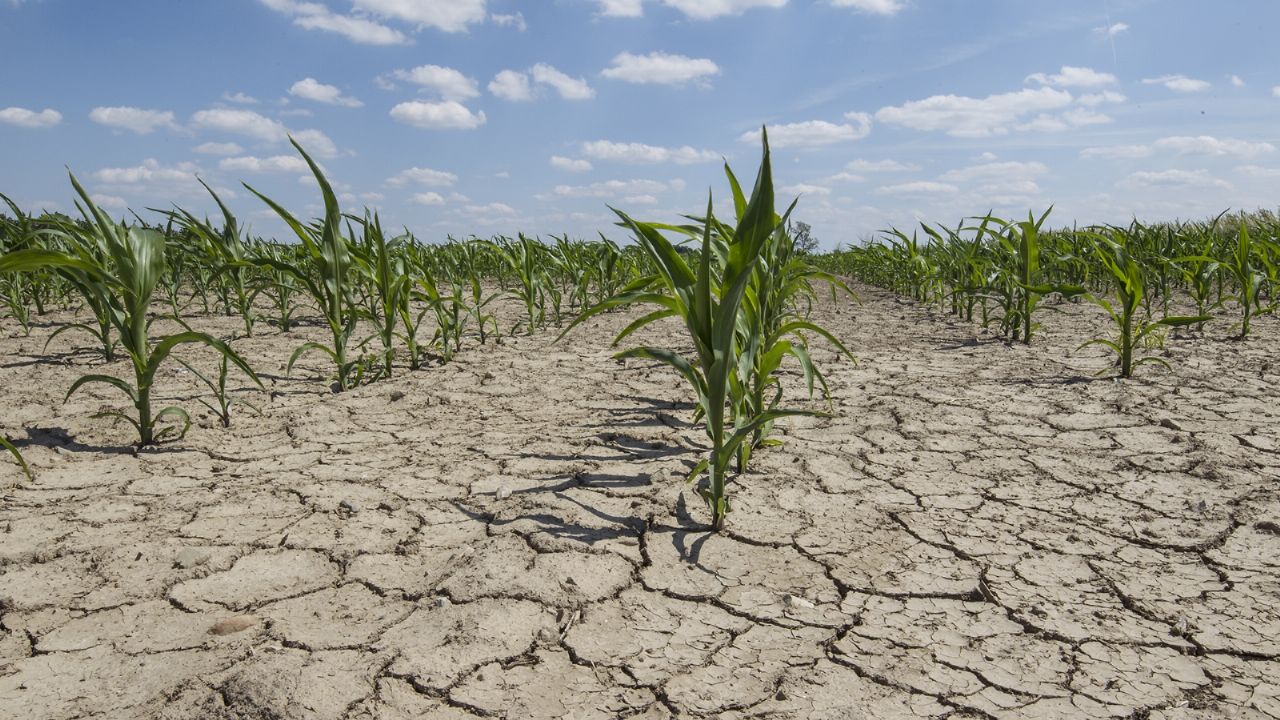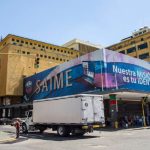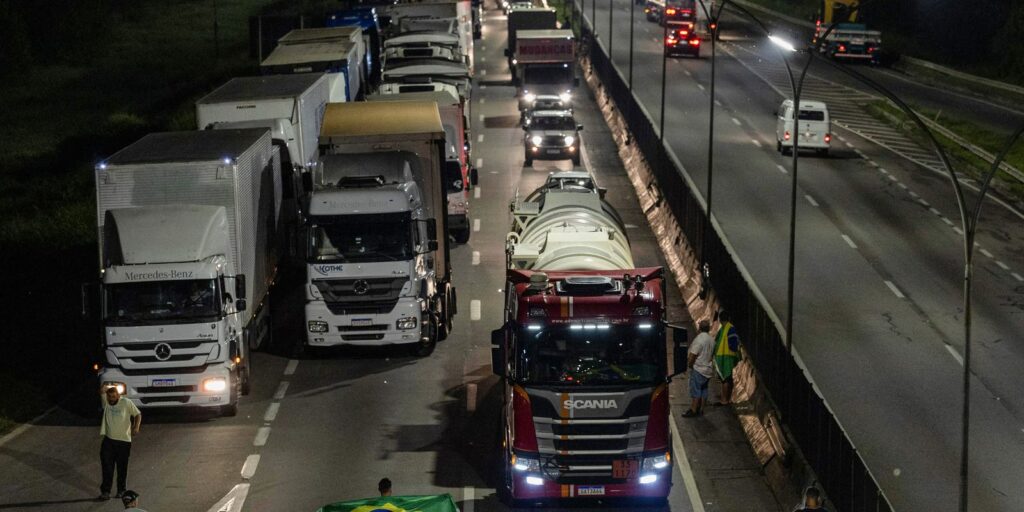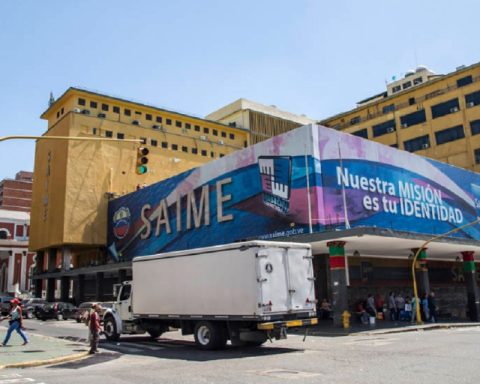The combined effects of the drought and the frosts, which affected a large part of the country’s agricultural area, produced a great reduction in the amount of harvestable wheat that would be available. It is already expected that soybeans will begin to be planted on the wheat plots.
The so-called core zone of the country that received the unfortunate weatherthat is, central and northern Buenos Aires, central and southern Entre Ríos, all of Santa Fe, Córdoba, San Luis, Santiago del Estero and northern La Pampa, suffered a drought devastating for wheat crops, along with frost.
The information provided by the National Directorate of Agricultural Risk and Emergency for the month of October shows a map stained yellow by the drought light and red, for the inclement weather, in the provinces of Córdoba, Santa Fe, Entre Ríos and north of Buenos Aires. This means a scenario of losses for producers who anticipate that they will spread them to all the links in the agricultural chain.
Regarding the precipitations perceived by the ground, these are low even for historical records. Rainfall of 1000 millimeters was expected, as usual, but until November, only 400 millimeters were recorded. The situation is oppressive, and in some cases only 15% of the area planted with cereal will be harvested.

Testimonials from agricultural stakeholders
Pablo Ferrari, an agricultural producer who sowed wheat, mentioned that “it is the first time that five months have gone by without rain. We never saw anything like it. I work 600 hectares, all rented. In the wheat that we “burned” (herbicide is sprayed to dry it) we had an expense of US$500 per hectare that was thrown away. To this we must add the rent, so for the soybeans that I am planting I need about 1,500 extra kilos to cover that expense. It’s going to be a year to spend with the least possible loss.”
On the other hand, Gustavo Frederking, expressed: “What happened is tremendous, something never seen and unprecedented for the area. In these fields there are always shallows or lagoons, but today they are all dry,” he also mentioned that the production area will be only 15% of what it is used to.

The testimony of Edmundo Nolan, producer in Venado Tuerto, is also added: “it is somewhat desperate to see the wheat there. It is never good to lose an illusion. For us, the harvest was always a party, but today we can’t afford it.”
















